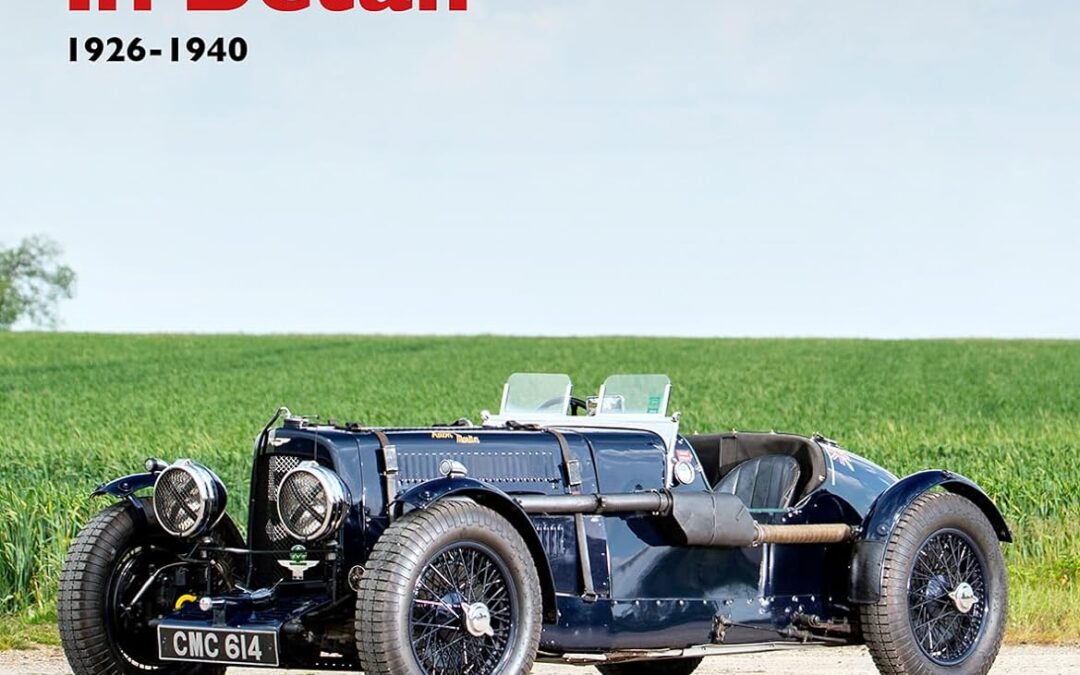
Aston Martin has produced some of the finest sports cars made. One of the company’s most exciting periods was under the leadership of Augustus Bertelli. The company’s innovative cars, built between 1926 and 1940, were outstanding in terms of reliability and performance, and were proved in that toughest of motor sport classes, endurance racing – in particular the Le Mans 24 Hours race. This book looks at the cars produced by Aston Martin under the watchful eye of Bertelli, and covers the cars made by the company up to the start of the Second World War. It includes the 1.5-litre First, Second and Third Series cars and the 2-Litre range from 1936. These Aston Martins of the 1920s and 1930s – International, Le Mans, Mark II, Ulster and Speed models – are all covered in this book. Beyond Bertelli’s era, the book sheds light on the contributions made by engineer Claude Hill and owner Gordon Sutherland. It explores their innovative concept cars, ‘Donald Duck’ and Atom, which played a pivotal role in shaping the company’s post-war success under David Brown. Accompanied by a rich collection of contemporary and present-day photographs, this book stands as the definitive reference work solely dedicated to these beloved cars, revered by a passionate community of owners fostered by the Aston Martin Owners Club. Furthermore, these historic cars continue to enjoy great popularity, making this book a must-have for enthusiasts and admirers alike.
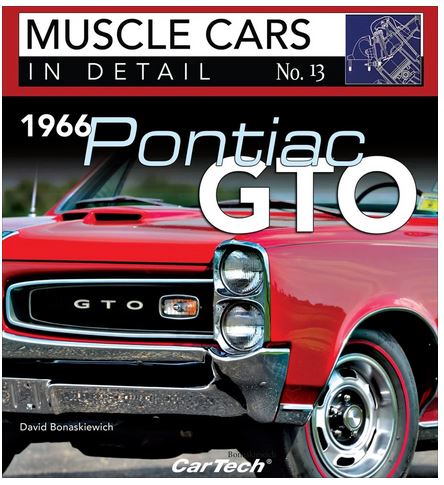
Pontiac’s GTO is often credited as being the first muscle car. As model year 1966 ended, an astounding 96,946 GTOs traversed Pontiac assembly lines, which set a high-water mark that would cement the GOAT as the most salable muscle car that was produced during the golden age of performance.
Author David Bonaskiewich examines this model year in precise detail, taking into account every cosmetic change and optional hardware that warranted this sales boom. The Coke-bottle styling for the remodeled GTO certainly tipped the scales for some consumers. However, as they say, “The devil is in the details.”
This book delves into those details, showcasing the vast array of optional equipment across its three bodystyles (hardtop, sports coupe, and convertible). Thorough examinations of the drivetrain, interior, suspension, brakes, and wheels and tires are exhaustive, which unveils exactly why the 1966 GTO was the most successful muscle car ever assembled.
Tune up those Tri-Power carburetors, turn on your favorite tune, and twist the key with 1966 Pontiac GTO: In Detail!

Bar Keeps: A Collection of California’s Best Cocktail Napkins highlights the colorful and fun cocktail napkins from California’s famous restaurants, hidden dives, and most beloved bars.
Bar Keeps: A Collection of California’s Best Cocktail Napkins is a fun and fabulous tour through the cocktail napkins of the golden state. Hundreds of images of vintage cocktail napkins will surprise and delight anyone who is a fan of cocktail culture, roadside diners, hidden dives, tiki bars, and more. Collector Patrick Quinn highlights some of the most unique and interesting napkins he’s brought together over years of enthusiastic searching. Bar Keeps: A Collection of California’s Best Cocktail Napkins is the perfect book for any coffee table or bar top in town!

The ability of the United States Navy to fight and win a protracted war in the Pacific was not solely the result of technology, tactics, or leadership. Naval aviation maintenance played a major role in the U.S. victory over Japan in the second World War. The naval war against Japan did not achieve sustained success until enough aircraft technicians were available to support the high tempo of aviation operations that fast carrier task force doctrine demanded. When the United States realized war was imminent and ordered a drastic increase in the size of its aviation fleet, the Navy was forced to reconsider its earlier practices and develop new policies in maintenance, supply, and technical training. Not only did a shortage of technicians plague the Navy, but the scarcity of aviation supply and repair facilities in the Pacific soon caused panic in Washington. While the surface Navy’s modernization of at-sea replenishment was beneficial, it did not solve the problems of sustaining war-time aircraft readiness levels sufficient to a winning a naval air war. Fisher outlines the drastic institutional changes that accompanied an increase in aviation maintenance personnel from fewer than 10,000 to nearly 250,000 bluejackets, the complete restructuring of the naval aviation technical educational system, and the development of a highly skilled labor force. The first comprehensive study on the importance of aircraft maintenance and the aircraft technician in the age of the aircraft carrier, Sustaining the Carrier War, provides the missing link to our understanding of Great Power conflict at sea.
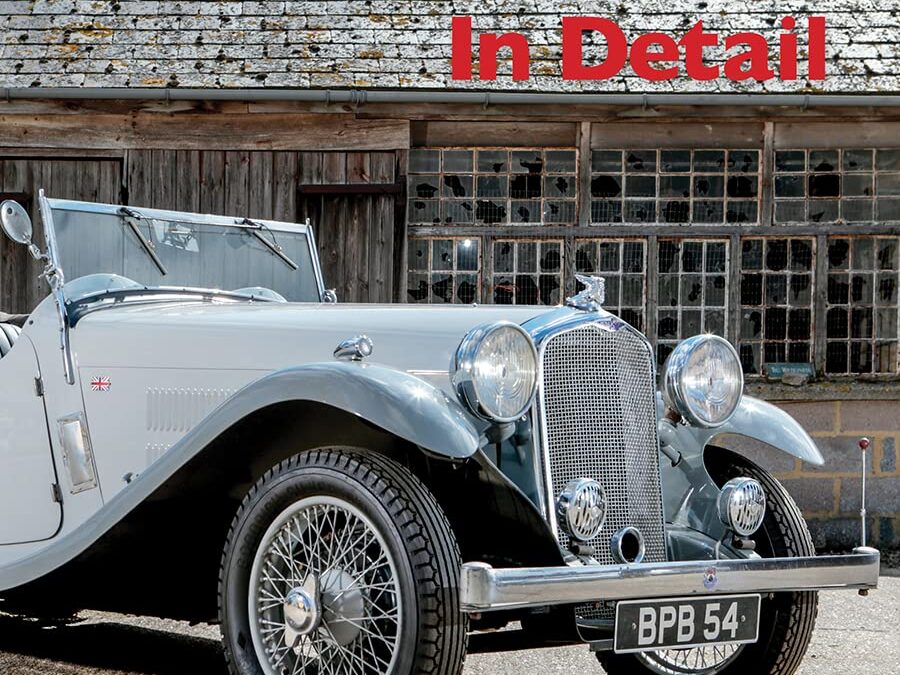
At the start of the 1930s, the Rover Company was in a precarious position. The slowdown in car sales caused by the Recession compounded the problems of an incoherent model-range, and in late 1931 Rover’s bank called for an independent investigation into the company’s business. That investigation called for nothing short of a re-organisation of the Board of Directors. Yet within three years, Rover had established one of the soundest management teams in the business and had completely rationalised its product range. Rovers became the preferred choice of the professional classes: the cars were discreet, exceptionally well made, and thoroughly reliable. Above all, they had become aspirational. Very little has been published about this pivotal period in Rover history, not least because for many years it was widely assumed that the company’s records for the period up to 1940 were lost in the Blitz bombing of its Coventry factory that year. Fortunately, that is not entirely true. Many records certainly were lost, but enough has survived or are recoverable from other contemporary sources to form the basis of this pioneering book. Rovers of the 1930s In Detail extends its comprehensive and detailed coverage back into the late 1920s, when the first of the 1930s models were introduced, and forward into 1947, when the 1930s models that had been revived after the war finally went out of production. The story is a remarkable one, researched and narrated by today’s leading Rover historian, James Taylor. This is a book that will be welcomed by all enthusiasts of this respected marque, and in particular by those who have felt their interest in the models of the 1930s to have been ignored for so long.

In the age of the internet and social media, a plethora of detailing knowledge is available online, yet it is strangely difficult to discover completely, or harness usefully. This book redresses the balance. Automotive Detailing in Detail takes the combined experience and expertise of three leading detailing commentators to provide a thorough and expansive overview of automotive detailing techniques. From the pre-wash, wash and preparation stages, through machine polishing to paint protection and maintenance, every detailing stage is covered: surface types, contaminants and products are analysed, before the actual processes are laid bare.
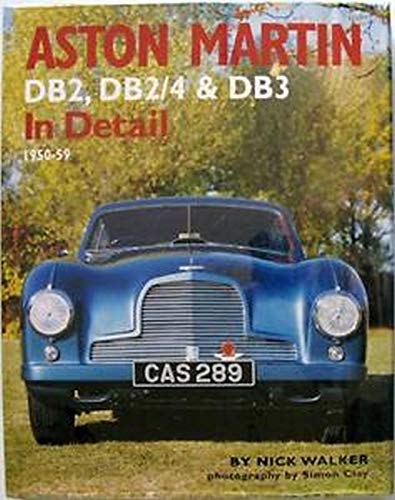
Before World War II Aston Martin had made some stunning sports cars but had undergone numerous financial crises. The company was bought by David Brown in 1947, and in 1950 he launched the all-new DB2 with a brilliant engine designed by W.O. Bentley. The car was a sleek, beautiful and fast two-seater closed coupe of the highest pedigree and led to the highly successful DB3 and DB3S racers, which were entered by the works at Le Mans, Sebring and elsewhere, driven by star drivers from Stirling Moss to Roy Salvadori. All these Aston Martins are examined and analyzed in detail here, with specially commissioned color photography of seven outstanding examples of this rare, expensive and exotic breed of sporting motor car. Models covered: DB1 1948-50, DB2 1950-53, DB2/4 1953-55, DB2/4 MkII 1955-57, DB2/4 MkIII 1957-59, plus Competition models DB3 1951-53 and DB3S 1953-56
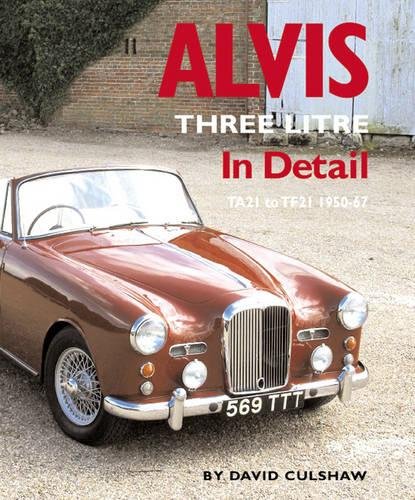
From its launch in 1950 to its demise in 1967, the Alvis Three Litre enjoyed a deserved reputation for effortless performance, exceptional surefootedness and stability, a high degree of driver friendliness, and irreproachable quality of construction. It was considered a rather exclusive car, coming as it did from a maker whose products always had a certain individuality. In addition, there remained through successive models something reassuringly traditional about its styling in both saloon and drophead forms; while never outdated, it displayed a timeless, discreet dignity unmoved by the more frivolous vagaries of fashion. All the while, in the background but ready to serve when called upon, was the Alvis works, whose concern for its cars and their owners was exemplary.Throughout production, the Three Litre was based on the same chassis and was powered by the same engine. This was a handsome and efficient short-stroke six-cylinder, conceived in order to provide the driver with ample power over a very wide rev range. Starting with an output of 83bhp in the early TA21, this robust unit was progressively developed to supply 150bhp in its final TF21 form while retaining the turbine smoothness, reliability and lack of temperament that it had become celebrated for. It was perfectly matched to its chassis and running gear, and those who have driven a Three Litre at speed will find the dynamic qualities of the contemporary rivals from Bentley or Jaguar rather less likeable.This book opens with an exposition of the background that led to the companys introduction of the Three Litre in 1950. Then comes a detailed technical analysis of the TA21, covering all aspects of the chassis, running gear, engine and transmission. This sets the scene for the chapters which follow, on the short-lived TB21 sports tourer, the TC21 and the uprated TC21/100, the Graber-inspired TC108G, the outstandingly handsome TD21 Series I and II, the TE21 and the TF21.Each of these receives comprehensive treatment, including differences from previous models, production changes and full chassis number number listings, along with notes on famous owners and screen appearances. The author provides extensive information on the coachbuilders who supplied Three Litre bodies, including Mulliners, Tickford, Graber, Willowbrook and Park Ward, and there are chapters devoted to the Alvis-powered Healey G Series sports car, the aborted Issigonis-designed Alvis TA350, and the ownership and use of Alvis Three Litre models today.Five outstanding examples of the cars have been specially photographed for this book and are featured in some 70 colour shots. There are also more than 140 black-and-white illustrations drawn from archives as well as from Alvis sales and publicity material. Devoted exclusively to the Three Litre, this book offers an in-depth examination of these excellent cars to provide a store of information for the many owners who care passionately about them, and serve as a tribute to the men who made them.

Everything you need to know about the Porsche 911 Type 993
A detailed guide covering the whole of its career
A book exclusively devoted to the legendary Porsche 911 Type 993, presented in 11 chapters
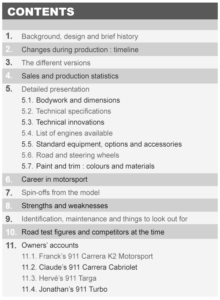
Hard cover – 180 pages – 368 photos and illustrations

Britain established the world’s first aircraft factory in 1909 after the Short brothers met up with the American Wright brothers and struck a deal. The industry expanded rapidly to rise to the challenge of World War One with such thoroughbreds as the Camel and the SE.5. The post-conflict slump proved to be difficult but classics such as the Moths, the Hart family and the Gladiator maintained Britain’s leadership. Another war loomed and iconic types such as the Hurricane, Lancaster, Mosquito, Spitfire and the Meteor jet appeared.
With the return of peace over 20 major manufacturers faced inevitable contraction. The misguided Bristol Brabazon airliner was a dead end but the superb de Havilland Comet and Vickers Viscount led the field. Canberras, Hunters, Lightnings and the V-bombers met the Cold War confrontation.
For the first time here is a readable, highly-illustrated, examination of the entire industry; its heritage and the changes it faces in the 21st century, both technical and political. The life and times of the 40 ‘big names’ from Airbus to Westland: aircraft, designers, factories, failures and successes, mergers and closures are all explained, supported by statistical tables and copious illustrations. Here is a celebration of a world class industry that remains at the cutting edge of excellence.

When international Grand Prix motor racing resumed following World War Two, the red cars of Italy were the dominant force, and Alfa Romeo, Ferrari and Maserati swept all before them. Patriotic industrialist Tony Vandervell – founder of bearing manufacturer Vandervell Products Ltd – resolved to break their stranglehold over the sport with a team of British cars and pursued his ambition with single-minded devotion and determination.
Deploying all of the engineering expertise and industrial might at his disposal, Vandervell achieved his goal in 1957, when the Vanwall of Tony Brooks and Stirling Moss won the British Grand Prix at Aintree. By the end of 1958, Vanwall had won a total of nine World Championship Grands Prix and claimed that year’s inaugural Constructors’ Championship, building the foundation for the considerable success that would subsequently be enjoyed by British-built Formula One cars.
First published in 1975, this book offers a unique insight into Tony Vandervell and the rise of his Grand Prix team and has been extensively expanded for this new edition from Porter Press International with the inclusion of hundreds of official factory documents from the GP Library archive – from telegrams and letters to lap charts and technical records. With a superb collection of period photographs and detailed captions written by Doug Nye, the result is the definitive history of this ground-breaking British Formula One team.
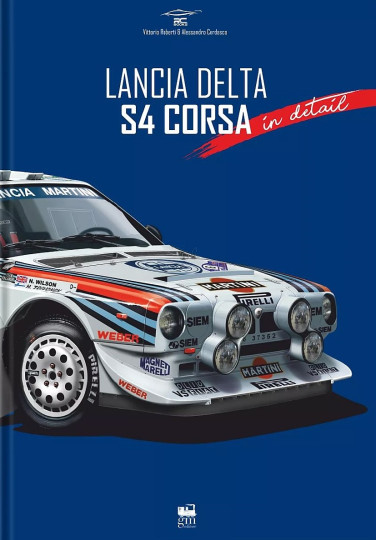
This book tells the story of the development, of the technical details and of the sporting history of the Lancia Delta S4 in the Corsa version through almost totally unpublished testimonies and materials.
-
- Over 100 previously unpublished photographs
-
- Detailed chronicle of the car’s development
-
- Over 150 technical illustrations
-
- Extensive technical photo galleries
-
- All the official Martini Racing liveries
- Private liveries

The Jaguar XK was launched to great acclaim in 1996 as the successor to the XJS. Jaguar’s XK sports models were produced from 1996 to 2014 in two distinct forms: the original steel-bodied XK, and, in 2005, the advanced technology aluminium-bodied New XK. Highly significant for Jaguar, these cars reintroduced the world to Jaguar sports car motoring and, in doing so, echoed the success of previous icons, such as the E-type.
The original edition of this book covered just the X-100 (original series) XKs from 1996 through to 2005. This edition, now in paperback, brings the story up to date with the X-150 alloy-bodied cars, from 2006 through to the end of production in 2014. A significantly enlarged work, packed with information and over 130 additional full-colour pictures, this fascinating book is essential reading for all XK owners, prospective owners and enthusiasts – the perfect XK ‘handbook.’
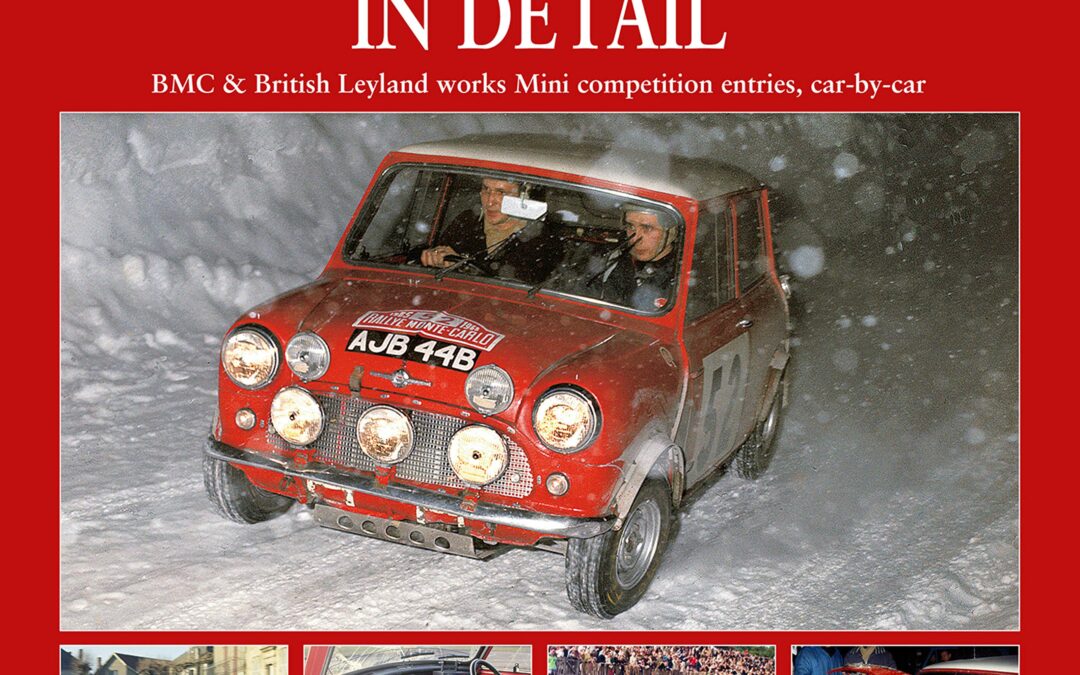
The works Minis had a long and distinguished competition history between 1959 and 1970, when British Leyland bosses closed the Abingdon Competition Department. The car started its competition career chasing class awards with the diminutive 850cc Mini, but once race car designer John Cooper persuaded BMC that they should build a hot version, the Mini Cooper was born and things moved up a gear.
With the introduction of the Mini Cooper S, the car soon became a world beater. Winning the 1964 Monte Carlo Rally in the hands of Paddy Hopkirk was a watershed moment which the Abingdon team repeated three times. During that 11-year period, 77 works Minis were built, competing in more than 300 events, most of them international rallies. The 1969 season, when the works Minis went racing, is also covered, along with the rallycross events.
Works Minis in Detail covers each one of those 77 cars which, in their distinctive red and white paintwork, were a force be reckoned with wherever they competed. Build details of every car are provided, drawn from factory build sheets, with information also on when cars were reshelled and identities swapped. The details of the events entered and the drivers are the result of analysing hundreds of contemporary race and rally reports.
The result is the most in-depth study of the works Minis ever published, made possible by years of research by Robert Young, a lifelong Mini enthusiast. As the Mini Cooper Register’s ex-works registrar, club chairman and for many years archivist, he is well placed to write with authority. A proud owner himself, he has intimate knowledge of the little red cars.

From bestselling author, racer and stunt driver Ben Collins – the man who was The Stig – comes a story of spies, speed and hard-driving genius: a driver’s love letter to one of the world’s best-loved machines.
Aston Martin’s first, wickedly fast models were forged at a time when Ferrari’s premises at Maranello was nothing but a ploughed field. This book celebrates a century of innovators who kept the fire burning brightly for over a century, from the visionary pioneers Martin and Bamford to modern-day design guru Adrian Newey; from a glamorous web of pre- and post-war spies and racing drivers, to David Brown and the achingly beautiful DB models beloved of Bonds past and present.
Ben Collins explores the car with the double-o prefix from a unique perspective behind the wheel, carving through country lanes in his father’s V8 Vantage, driving Aston Martins in four James Bond movies and competing against them in the legendary Le Mans 24-hour race.
Ultimately, this is a very British success story: of a triumph of engineering that has burned brightly from the Roaring 20s to the 2020s, and an iconic car that never says die.
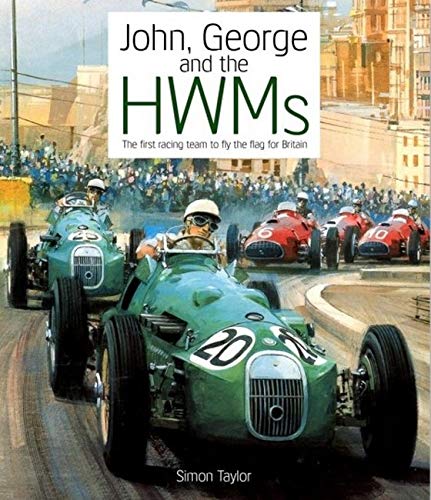
Founded by John Heath and George Abecassis, the HWM racing team set out in 1950, the year of the Formula 1 World Championship’s inauguration, to race its Formula 2 cars all over Europe in a unique British endeavour. Always run on a shoestring, HWM’s single-seaters achieved great results in flying the flag with mainly British drivers, most notably young Stirling Moss. In 1954 the team turned to sports cars, sometimes beating its Jaguar and Aston Martin works competitors, but Heath’s death in the 1956 Mille Miglia was a tragic setback and the following year the team was wound up. Through the focus of HWM, this book paints an evocative picture of a period that marked the beginnings of Britain’s prowess in motor racing.
- The boxed set includes two beautifully bound hardcover volumes. Volume 1 covers the story of the racing (1946–57) and Volume 2 covers the 19 individual cars and the men who raced them (1948–58).
- The beginnings of HWM (the initials of the garage Hersham and Walton Motors) and the two key characters behind the team — smooth, sanguine George Abecassis and mercurial, parsimonious John Heath.
- Racing the single-seaters around Europe (1950–53) with Stirling Moss, Lance Macklin and Peter Collins among the drivers.
- Switching to sports cars (1954–57), competing in Britain and across Europe, sometimes beating the big names.
- The individual histories of all the HWMs made are told in full, complete with their specifications and ownership chains.
- Coverage includes biographies of many of the fascinating and poignant people associated with HWM.
- Packed with superb period photos sourced from libraries and private collections all over the world.
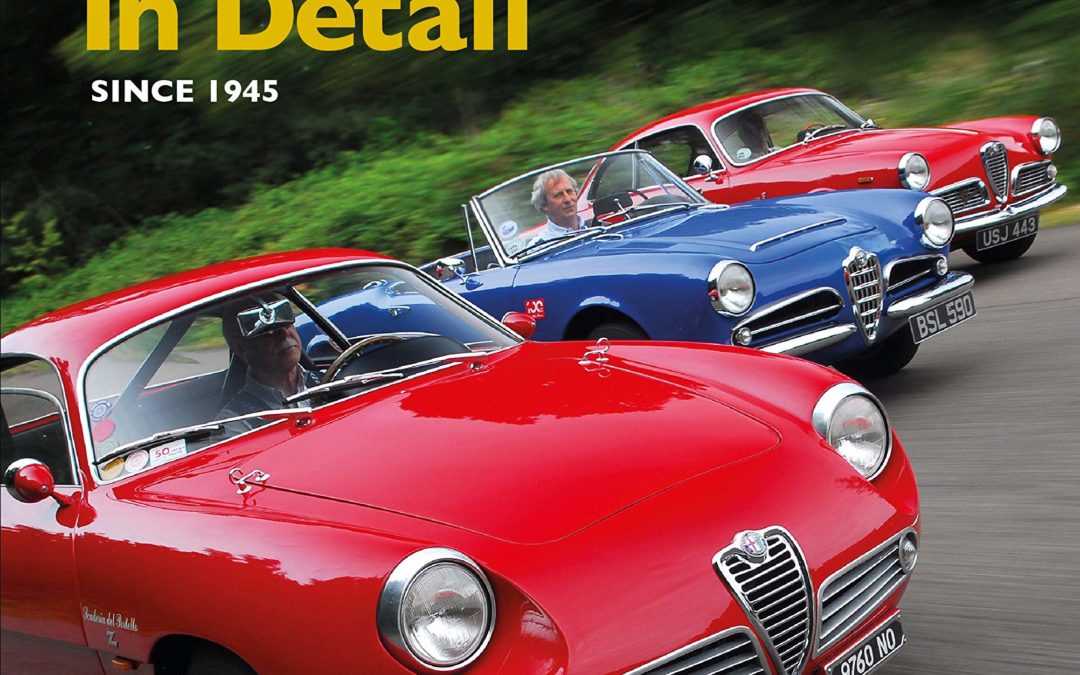
When you think of Alfa Romeo, it is the Italian’s company’s sports cars, above all, that fire the imagination, since they encapsulate everything that is great about the brand. In successive dynasties of fixed-roof coupés and convertible spiders, Alfa Romeo has built one of the greatest canons of work of any car maker in the world.
The appeal of Alfa Romeo’s sports cars is, of course, partly down to their aesthetic eminence. A host of talented designers created their best work for Alfa – Giorgetto Giugiaro’s Giulia Sprint GT, Franco Scaglione’s 33 Stradale and Pininfarina’s Duetto Spider, to name but a few – but style was only ever a part of the story. Drivers love Alfa Romeo coupés and spiders, too, because technically speaking, these cars were in a class of their own. Alfa Romeo consistently employed elements from much more expensive machinery, democratising them into its sports cars. One can cite gearboxes with multiple ratios, all-round disc brakes, lightweight aluminium engines, perfectly balanced weight distribution and many more.
Alfa Romeo Coupes and Spider In Detail since 1945 celebrates Alfa Romeo’s most iconic sporting machinery. From the earliest sports cars of its formative years right up to the present day, every Alfa coupé and spider is described in detail. Included are exotics like the 6C 2500 Freccia d’Oro, Montreal and 8C Competizione; focused enthusiast cars like the Giulietta Sprint Veloce, Giulia GTA and 4C; comfortable touring machines such as the 2600 Spider and Giulia GTC; iconic “everyman” sports cars like the Giulia Spider, Alfetta GTV and Alfasud Sprint; and genuinely unique projects such as the ES-30 SZ. Also included are many coachbuilt cars, official concepts and show cars.

Graham Robson is the doyen of writers on rallying. His new book, Works Healeys in Detail, joins his respected Works Triumphs and Works Escorts in our list. Here he tells of the story of Donald Healey’s introduction of the cars of his own make into the world of rallying and racing, from the Healey Elliott and Westland of the late 1940s through to the last racing Austin-Healey Sprite in 1967. In between he produced competition versions of the Austin-Healey 100 and 100S, the 100-6 and the gloriously successful 3000, a brutal and wayward machine that won countless international rallies in the 1960s in the hands of great drivers like Pat Moss, Timo Makinen, Rauno Aaltonen and Paddy Hopkirk, to name but a few.
The book covers the career of each of the works cars individually: entries, drivers and results, with nearly all cars illustrated. In addition there is detailed colour photography of important surviving examples.
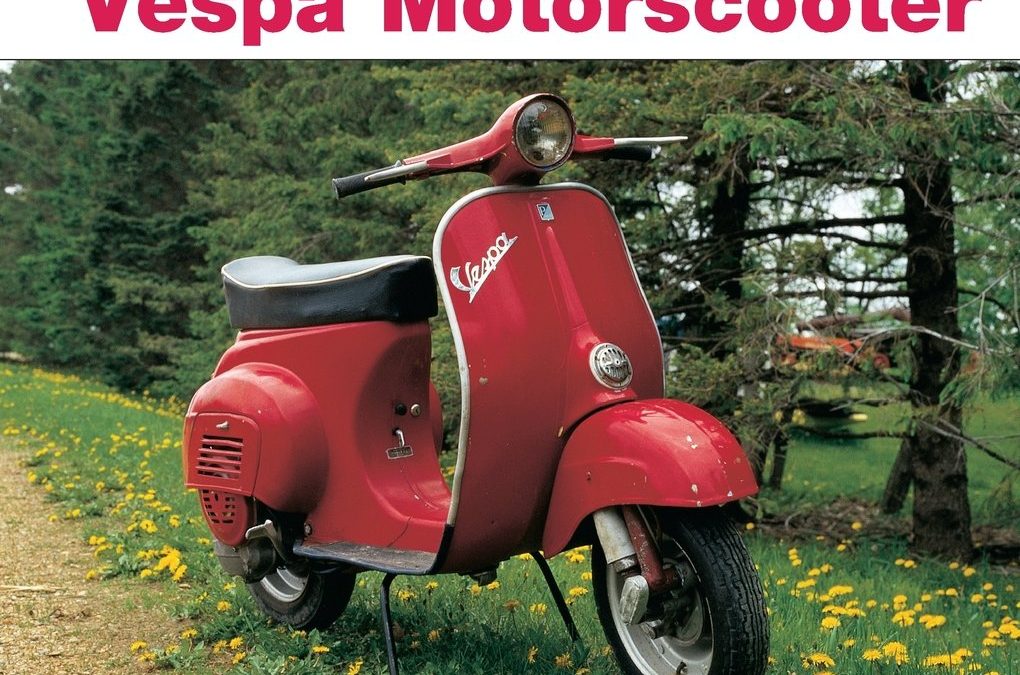
Your number one Vespa restoration resource! With plants in 15 different countries and sales numbering well into the millions worldwide, Vespa is the make among scooter marques. Return your Vespa to its original glory with this complete guide to restoring your prized scooter to 100% original. This information-packed, authentic restoration guide covers both the mechanical and cosmetic restoration of all Vespa motorscooters from 1946-1996.
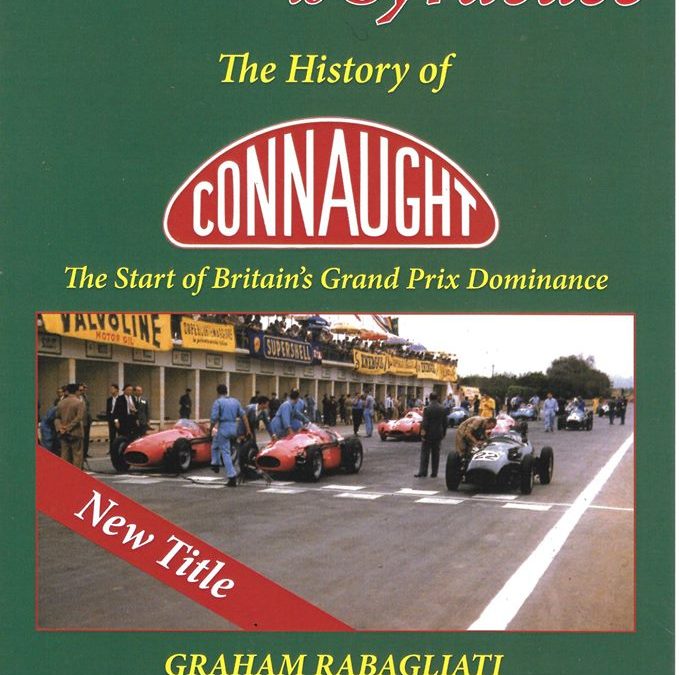
In the mid-1950s racing still took place in time-honoured fashion, when two vintage 1938 converted buses were used to transport the Connaught Grand Prix cars 2,000 miles from Send to Syracuse, and a team of just eight watched Tony Brooks cover 70 laps in the Connaught ‘B’ Type before taking a well-deserved victory against stiff opposition, the first such win for a British car and driver since 1924.
At Syracuse in 1955, Tony Brooks, driving a works Connaught , won a major Continental Formula One Grand Prix for the first time since Sir Henry Segrave won the San Sebastian Grand prix for Sunbeam in 1924, ,defeating the works team of five Maseratis on their home ground, and from that moment on , the face of Formula One was changed, leading to the great domination in the years ahead of the British teams and the British motor racing industry
You have only to read both Jenks’ contemporary reports of the Mille Miglia , and then of the Syracuse GP, to understand how he appreciated the magnitude and significance of Tony Brooks’ achievement. Not only did a young dental student leap out of the unknown into history, but the long trip down to Syracuse for the Connaught mechanics in their ancient bus cum transporter , was a “ Boys’ Own” story in itself
With the psychological barrier broken, just as in athletics , when Roger Bannister broke the 4 minute mile, the other British marques, Vanwall, BRM, Cooper and Lotus thereafter took a quantum leap forward, and from 1955 onwards, Britain all but never looked back.























